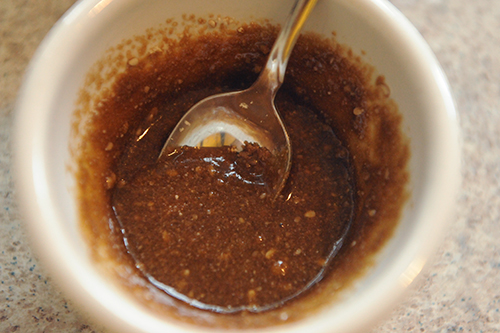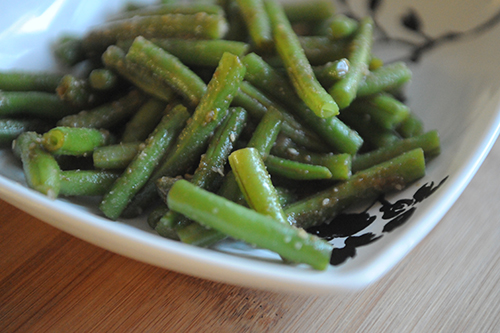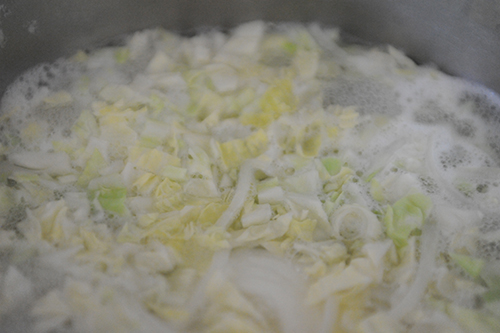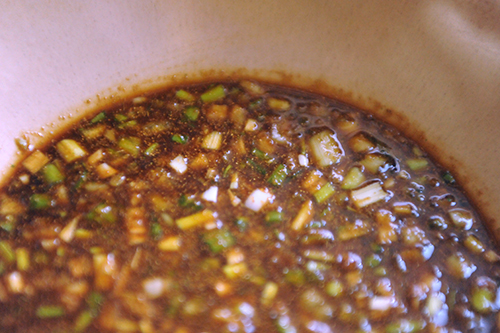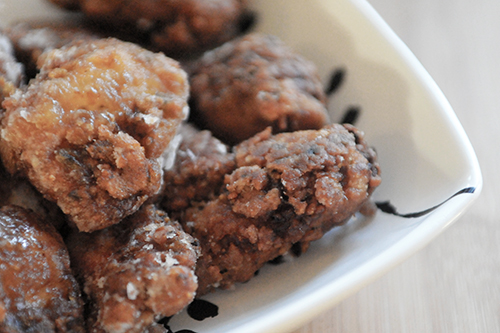I know I will be getting some hate mail for this. Because some countries are really, really proud of their produce, cheese, wine, jam or other product and they get really mad when I make substitutions.
So please Jerseyans, know that I mean no offense when I say that you can't get Jersey Royals in California. I'm quite sure they are far superior to the potatoes I used in the recipe I made this week, but the only other option I had was to find some other main dish for this week's entry. And sadly, there just aren't a ton of Jersey recipes out there to choose from, unless you count pizza from NEW Jersey, which of course you can't.
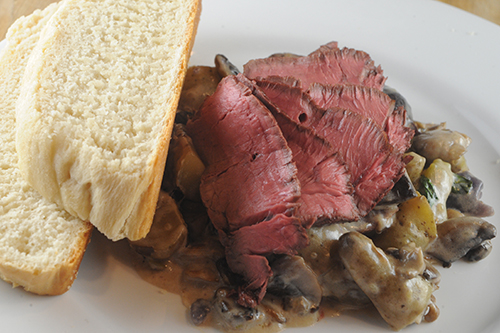 |
|
Yes, Jersey. This is another one of those British crown dependencies--it is a part of the ancient duchy of Normandy, which was considered a part of England for many centuries even though it is geographically in France. Jersey is located in the Channel Islands off the coast of Normandy, and though it is technically a British possession it is self-governing, with its own parliamentary democracy and its own financial, legal and judicial systems. Jersey isn't British its citizens don't identify as British, although the UK is constitutionally obligated to kick the butts of anyone who tries to threaten them.
The food in Jersey is actually very similar to the food in Guernsey, another one of those Channel Islands crown dependencies. In fact Jersey also has a version of the bean jar that I did for Guernsey. But while Guernsey is proud of their butter and milk, Jersey is proud of their royals. The Jersey royal is a kind of new potato that supposedly has a distinct flavor though I wouldn't know, because I had to use the new potatoes that you can buy in a California supermarket.
Anyway I'm not sure I could have even done this entry without the help of the Facebook page "
Traditional Jersey Recipes," which is where I got all of the recipes I made this week. Once again, my search was complicated by the smallness of the nation in question--with just under 100,000 people, I guess Jersey cookbooks and food blogs have yet to make it into the international consciousness.
So thanks to Traditional Jersey Recipes, here's what I came up with for this week:
Roast Sirloin of Beef with Creamy Jersey Royals
- 1 tbsp vegetable oil
- 8 oz sirloin steaks
- 8 oz assorted mushrooms (I used white mushrooms and oysters)
- A handful of baby spinach, washed
- 8 oz cooked Jersey Royal potatoes, quartered (I used mixed new potatoes)
- 1 cup cream
- 4 oz Parmesan cheese, shaved
- Salt and pepper to taste
Cabbage Loaf
- 3 2/3 cup plain flour
- 2 1/2 tsp active dry yeast
- 1/2 cup water
- 1/2 cup milk
- 1 tsp sugar
- 2 tbsp margarine
- Pinch salt
- 2 large cabbage leaves
For dessert I decided to make these, though I think they are typically served as a snack:
Jersey Wonders
- 5 1/2 cups self-raising flour
- 1 stick butter
- 1 cup caster sugar
- 6 eggs
Let's start with the beef and potatoes. First, preheat your oven to 350 degrees. Now heat the oil in a frying pan and brown the meat on both sides. Transfer to an oven-safe dish and cook until your meat reaches an internal temperature of 125 to 130 degrees (note this is not a safe internal temperature yet--the meat will continue to cook after youtake it out of the oven).
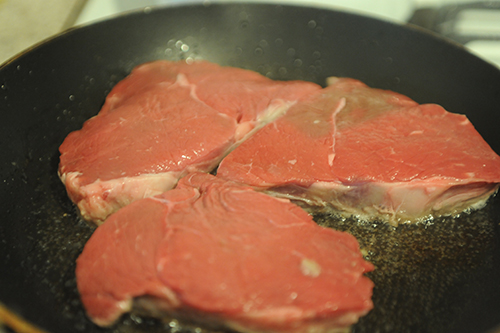 |
| Oh steak photo, how crappy are thee .... |
Season the steaks and let them rest while the internal temperature rises. Now, I like my meat medium rare which is about 140. If you like your meat more well-done or less well-done than that, you will have to adjust the temperature at which you remove the meat from the oven.
Now add the mushrooms and potatoes to the same pan you used to cook the steaks. (Note you will have quartered and boiled the potatoes ahead of time). Cook over a medium flame until the potatoes start to form a golden crust.
Now turn down the flame and add the cream and the Parmesan cheese.
Once the cheese has melted, toss in the spinach and add salt and pepper
to taste.
The sauce should now be nice and thick. Turn off the heat and divide the potato and mushroom mixture amongst plates. Slice the beef and serve alongside the potatoes (I served the beef over the potatoes, because I thought it was prettier).
Now for the cabbage rolls. So this recipe didn't say so, but the sole purpose of those cabbage leaves is to create a pretty indentation in the top of each roll, which I really wish I'd known before I made them, because mine didn't come out exactly right. So here's what you're actually supposed to do:
Sift the flour into a large bowl. Meanwhile, mix the yeast and sugar together with 1/4 cup of water. Now make a well in the middle of the flour and pour in the yeast mixture. Let stand until frothy, then add the rest of the liquid along with the margarine and salt. Knead until you get a firm dough (note you can also have your bread machine do all of this for you). Transfer to a bowl and let rise in a warm place until doubled in size. Punch down and knead for a few more minutes, then shape into a loaf and let rise again.
Preheat your oven to 400 degrees. Lightly grease the undersides of each cabbage leaf, then cover the loaf with the leaves, making sure to press down so that you make an impression of the leaf in the surface of the dough.
Bake for 15 minutes or until the loaf makes a hollow sound when you thump it.
OK now for the Jersey wonders. First sift the flour together with the sugar. Now cut the butter up into small pieces and rub into the flour/sugar mixture with your fingers. Add the eggs and blend until you get a light dough.
Flour your hands and roll the dough into balls that are about the size of golf balls. Lightly flour a cookie sheet and place the balls on the sheet. Cover with a clean damp cloth and let stand for about two hours.
Now roll the balls out into oblong shapes that are about twice as long as they are wide.
Cut a little slit into the center of each shape ...
... and stuff one end into the slit.
Meanwhile, heat some oil on the stove until bubbles rise around the non-stirring end of a wooden spoon. Drop the wonders into the oil and let fry on each side until they are a nice golden brown color. Drain on paper towels and serve.
This was restaurant quaility food. If I'd paid 20 bucks for this at a steakhouse, I would have been happy. The potato mushroom mixture was creamy and delicious and the steak was perfectly cooked, if I do say so myself (I love my meat thermometer). The cabbage rolls were good--they actually had a mildly cabbagey flavor but I didn't get that nice impression of the leaf on the top because, you know, no one told me that's what was supposed to happen and I didn't push down hard enough. But they were good, and of course my kids gobbled them up because my kids could eat nothing but bread every day of the week and actually be perfectly happy.
We all loved the Jersey Wonders. Martin was kind of mad at me for making them because he couldn't stop himself from eating them. I did think they could be a little sweeter so I sprinkled them with powdered sugar, and everyone was happy.
It was a god meal, which was kind of surprising given my fairly limited choices. I would make it again, and for a special occasion, too.
Next week: Jiangsu Province, China
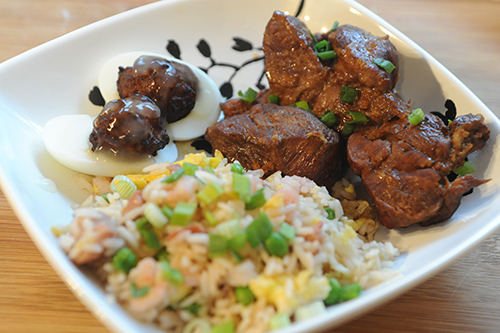


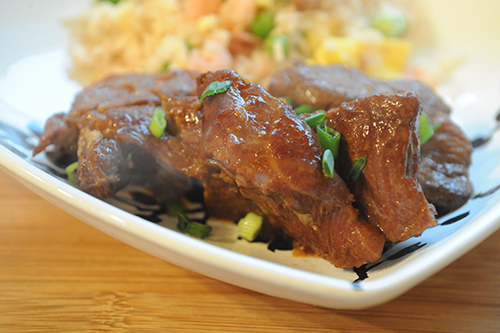
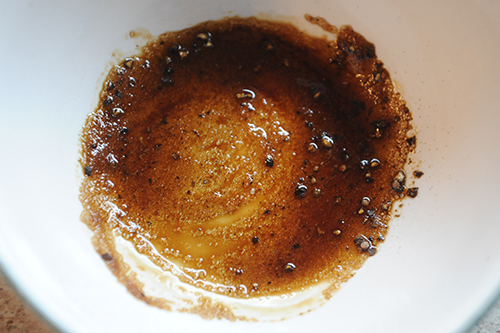

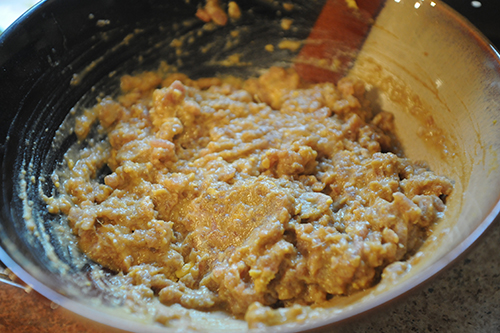




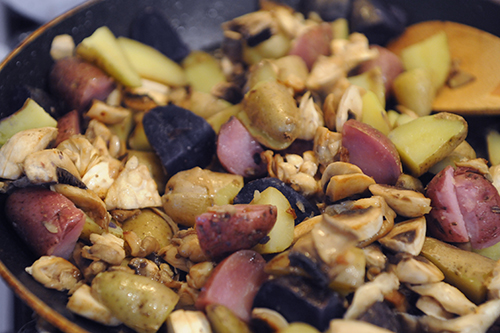

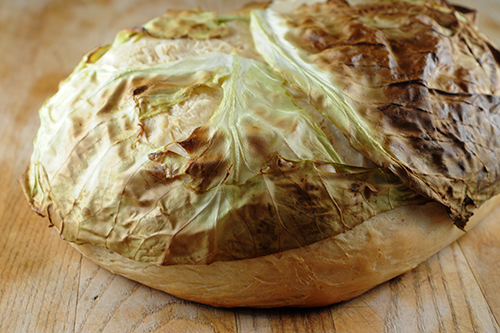
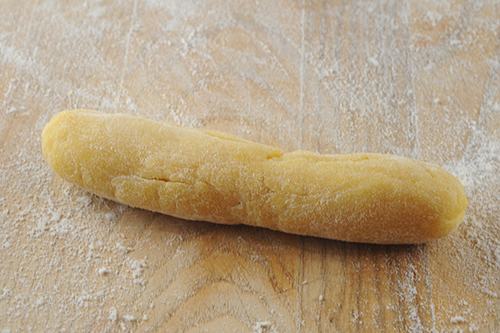
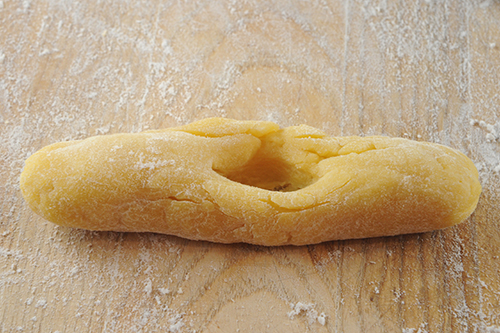
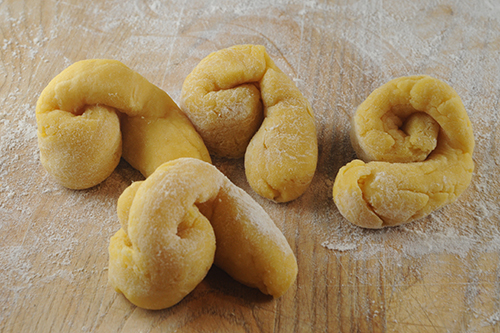
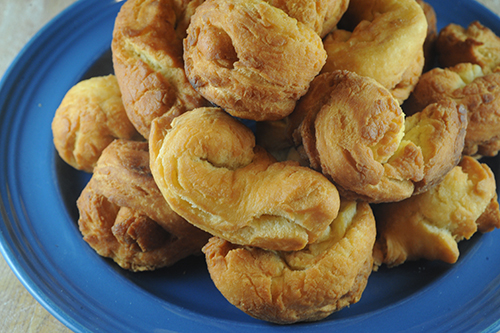
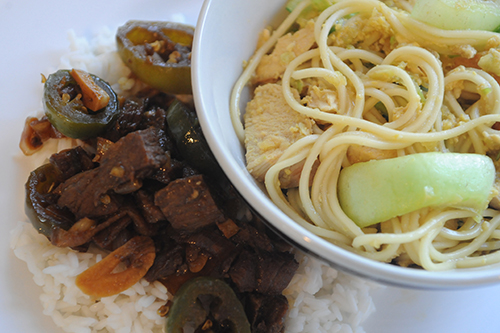




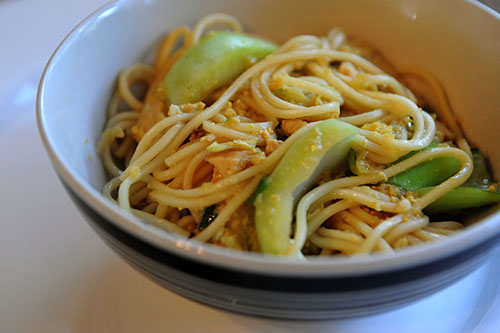

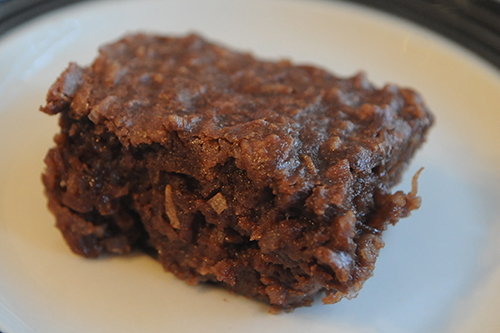
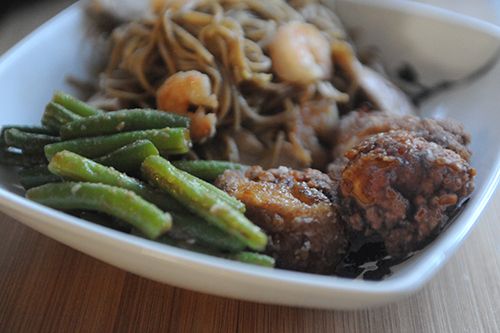

.svg/536px-Japan_(orthographic_projection).svg.png)
